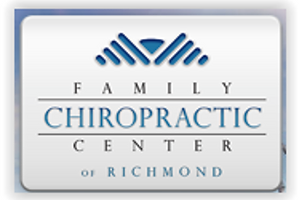What Did I Do to My Back?
- Dr. Eric Carlsen
- Jul 13, 2021
- 2 min read

Did you know that the most common back injury is a back sprain or strain?
Muscle Strain and Ligament Sprain
A low back sprain or strain can happen suddenly or can develop slowly over time from repetitive movements.
Strains occur when a muscle is stretched too far and tears, damaging the muscle itself.
Sprains happen when over-stretching and tearing affect ligaments, which connect the bones together.
For practical purposes, it does not matter whether the muscle or ligament is damaged, as the symptoms and treatment are the same.
Common causes of sprain and strain include:
Lifting a heavy object, or twisting the spine while lifting
Sudden movements that place too much stress on the low back, such as a fall
Poor posture over time
Sports injuries, especially in sports that involve twisting or large forces of impact
While sprains and strains do not sound serious and do not typically cause long-lasting pain, the acute pain can be quite severe.
Treatment Options for Back Strain or Sprain
Treatment for low back muscle strain is typically simple and only needed for a short time. A long-term exercise program, or ergonomic or sports modifications, may be recommended as well.
Ice packs reduce inflammation that can occur shortly after a muscle is injured. Typical recommendations include applying a cold or ice pack for 10 - 20 minutes at regular intervals throughout the day and using a towel or other barrier between the ice and the skin to prevent an ice burn.
Heat packs increase circulation, which improves healing and relieves tension in strained muscles. As a general rule, heat therapy is usually recommended starting about 48 hours after the injury occurs. A layer should be kept between the heat pack and the skin to avoid a burn. Applying heat before changing positions or starting an activity can help ease pain related to movement. For example, using a heating pad on the low back for 10 minutes before getting out of bed in the morning can alleviate stiffness.
Anti-inflammatory medicines (NSAIDs) such as ibuprofen, aspirin, and naproxen reduce inflammation, which often contributes to pain. Anti-inflammatory medicines are available over-the-counter or with a prescription.
Massage therapy increases circulation and relaxes muscles, improving range of motion and decreasing pain. Massage therapy also releases endorphins, which lessen pain signals in the nervous system. Neuromuscular massage is considered especially helpful for low back muscle pain.
Walking and staying active during the day is important to keep the spinal structures functional and healthy. Even short, frequent walks can be helpful—walking for 3 to 5 minutes several times a day can help relieve low back stiffness, and in the process reduce discomfort and pain.
Activity modification, such as avoiding strenuous activity or heavy lifting when low back pain is intense, can help prevent worsening a muscle injury and low back pain. In some cases a short rest period may be advised; it is best to limit rest to one or two days, as underusing muscles causes deconditioning and stiffness over time.




Comments